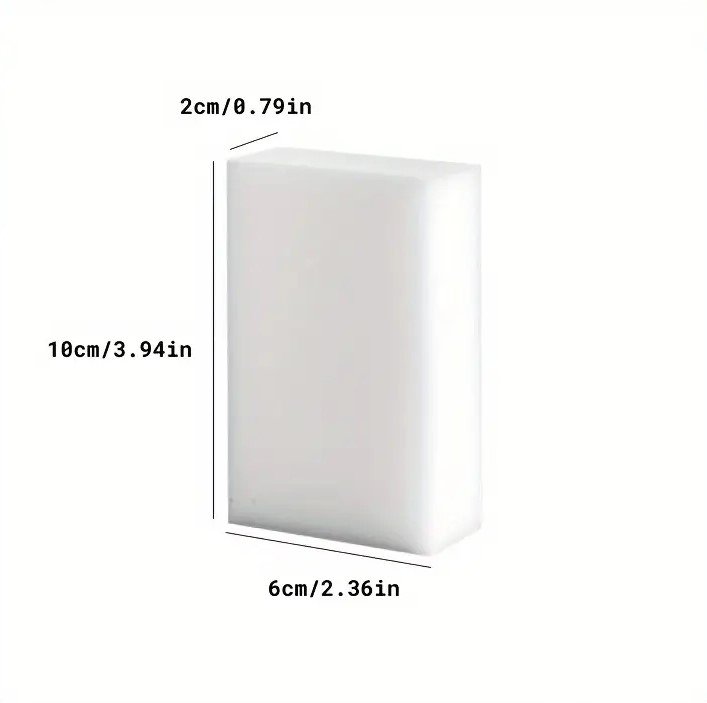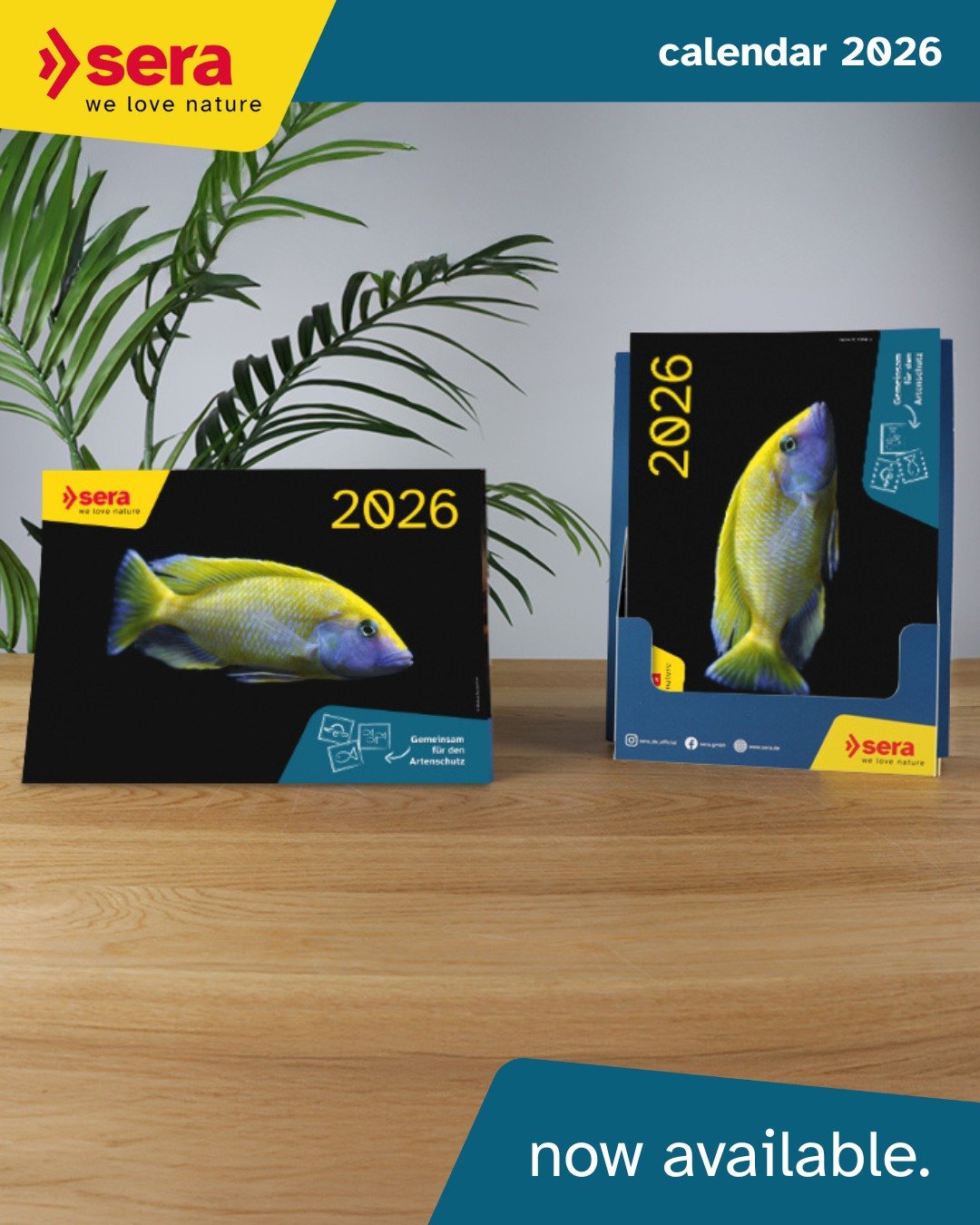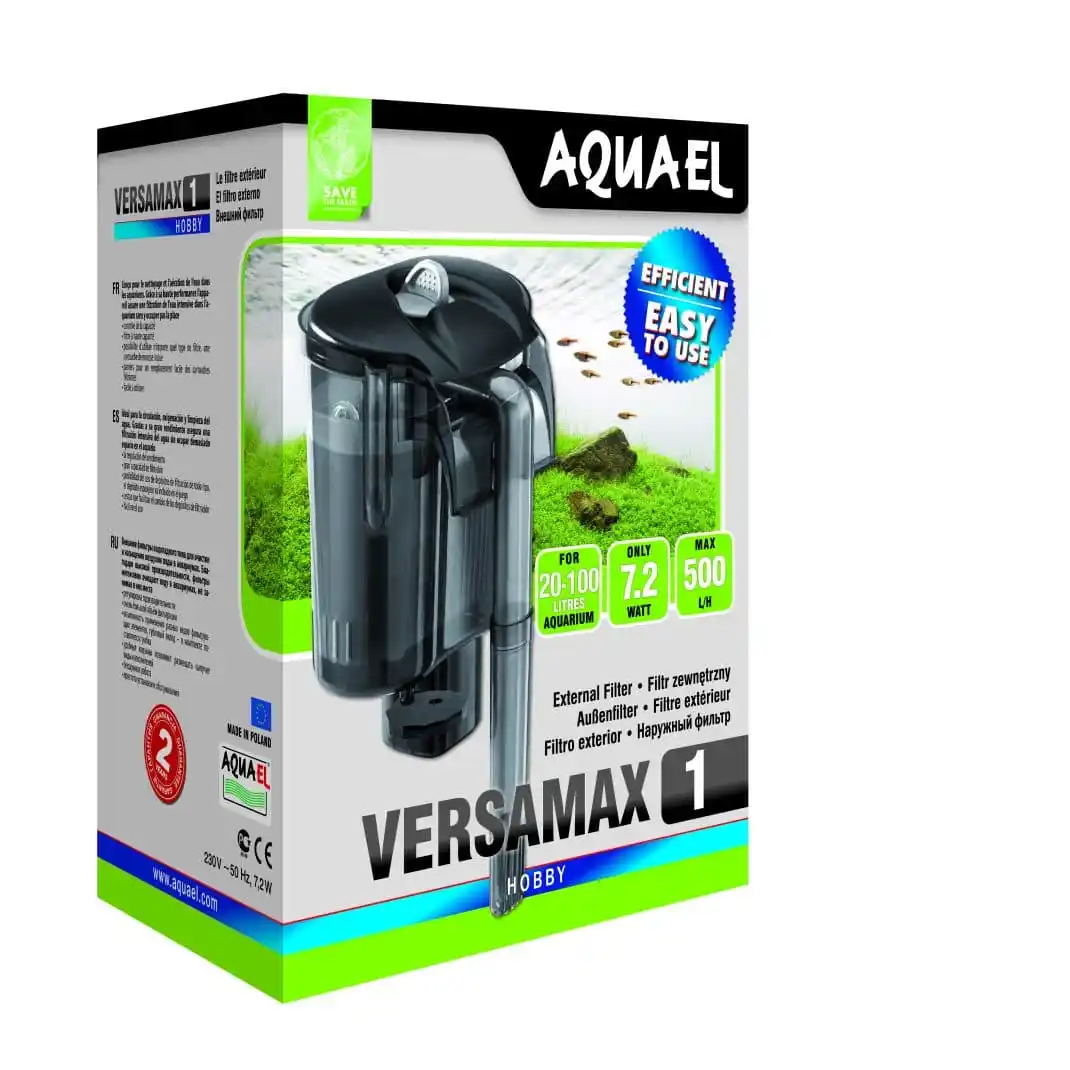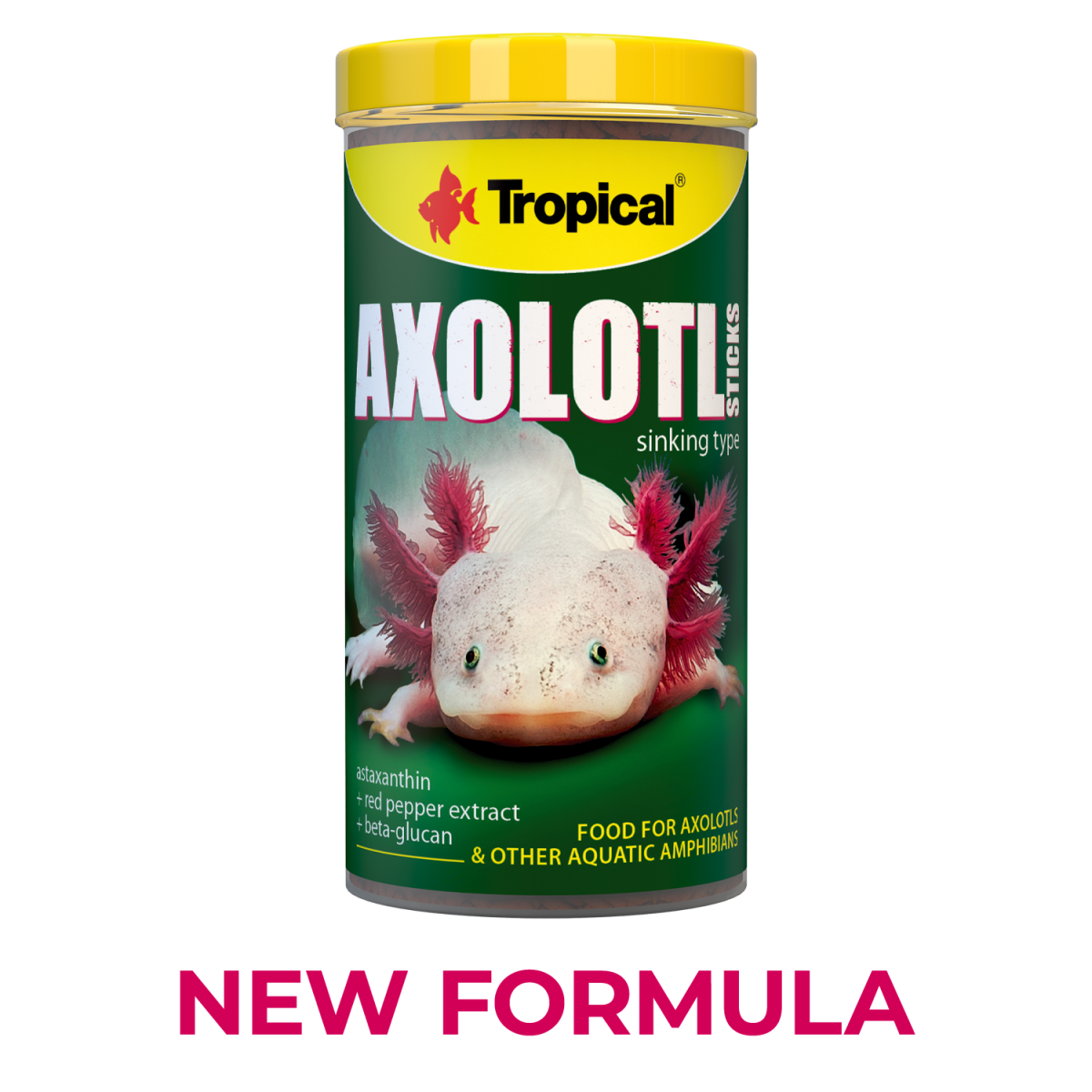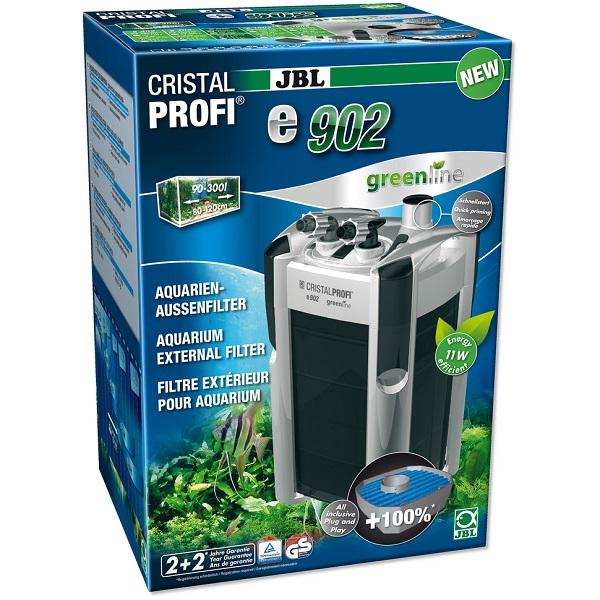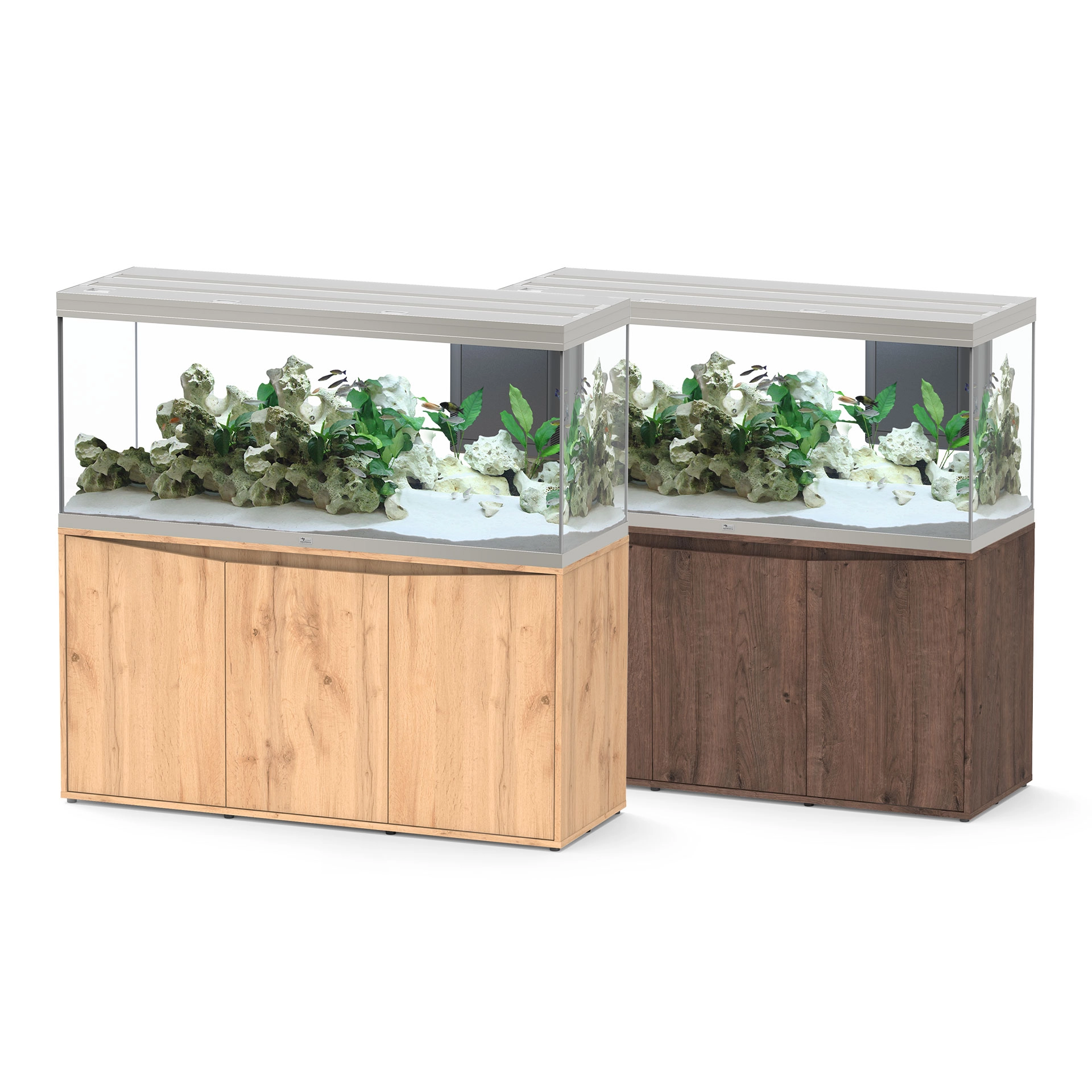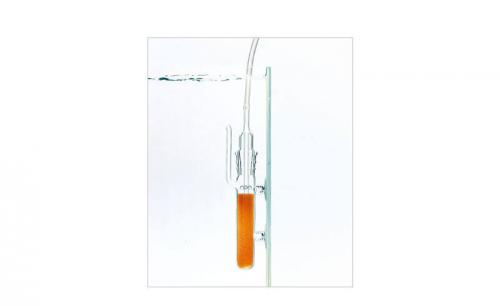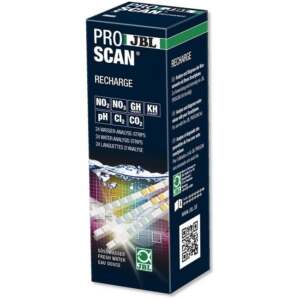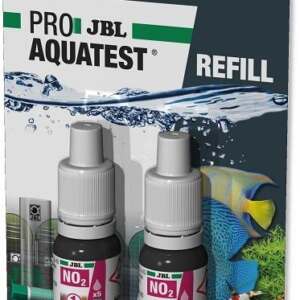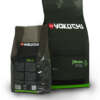Nenhum produto no carrinho
Voltar para a Loja Menu Categorias
- BOTÂNICOS NATURAIS
- VIVOS
- CICLIDEOS ANÕES DO SUL DA AMÉRICA
- LABYRINTH FISH
- ANGEL FISH
- DISCUS SELVAGENS-H&K-Hudson Crizanto
- CICLIDEOS DO SUL DA AMÉRICA
- CICLIDEOS AFRICANOS ANÕES
- CICLIDEOS AFRICANOS
- OTHER FISH
- L`s H&K - Hudson Crizanto
- PEIXES COMUNITARIOS
- BARBOS
- INVERTEBRADOS
- TETRAS
- VIVÍPAROS
- PEIXES ARCO IRIS
- RAIAS
- PEIXES AGUA FRIA
- DISCUS
- CICLIDEOS
- NON-CZECH FISH
- KILLY FISH
- LORICARÍDEOS/PEIXE-GATO
- REPTEIS-ANFIBIOS
- ILUMINAÇÃO
- Lagos
- BOUTIQUE
- AQUARIOFILIA
- AQUÁRIOS
- CONDICIONADORES
- MEDICAÇÃO/SUPLEMENTOS
- PLANTAS
- Geral
- HARDSCAPE
- ARTHANDCER
- SUBSTRATOS
- FILTRAGEM
- ALIMENTAÇÃO
- MANUTENÇÃO
- AQUECIMENTO/ARREFECIMENTO
- NUTRIENTES PARA PLANTAS
- EXTERILIZADORES
- AQUATERRÁRIO
- TESTES
- CO2/AERAÇÃO
- CÃES-GATOS
Log in
Login Registo
- Aquariofilia

- Vivos

- Boutique

- Destaques

- Novidades

Novidades
Aquário SPLENDID ULTRA 150x40x61 BIO cor 088 – Carvalho Branco
1.061,31€O preço original era: 1.061,31€.849,05€O preço atual é: 849,05€. IVA Incl.Em promoção de 02.12.2025 até 10.01.2026
- Promoção

Promoções
JBL CristalProfi e902 greenline
179,90€O preço original era: 179,90€.152,91€O preço atual é: 152,91€. IVA Incl.Em promoção de 01.12.2025 até 06.01.2026
JBL CRISTALPROFI e1502 greenline
263,80€O preço original era: 263,80€.224,23€O preço atual é: 224,23€. IVA Incl.Em promoção de 01.12.2025 até 06.01.2026
Móvel SPLENDID 80X40X83 2WD Preto
159,90€O preço original era: 159,90€.127,92€O preço atual é: 127,92€. IVA Incl.Em promoção de 14.11.2025 até 10.01.2026
Móvel SPLENDID ULTRA 152.5×52.5×80 cm
339,90€O preço original era: 339,90€.271,92€O preço atual é: 271,92€. IVA Incl.Em promoção de 14.11.2025 até 10.01.2026
ADA Softenizer Resin Refill Packet 250ml
17,90€O preço original era: 17,90€.16,11€O preço atual é: 16,11€. IVA Incl.Em promoção de 01.12.2025 até 31.12.2025
Móvel SPLENDID 120X40X83 branco 2 portas formato ripas
269,90€O preço original era: 269,90€.215,92€O preço atual é: 215,92€. IVA Incl.Em promoção de 14.11.2025 até 10.01.2026
Ammonia Alert
SKU: 0010 Marca: Seachem
18,23€ IVA Incl.
8 pessoas estão a ver este produto neste momento
🔥 5 artigos vendidos nas últimas 3 horas
Ammonia Alert™
Seachem sensor technology
Continuously monitors ammonia
No tests, no strips
Marine and freshwater
Disponível (Confirmar stock com a nossa loja - Confirmar: | )
Métodos de Pagamento

Tem alguma dúvida?
A nossa equipa especializada irá ajudar-lhe
com todas as suas questões.
Ligue-nos: +351 218 132 733
Description
Ammonia Alert® is an innovative color device for continuously detecting and monitoring toxic free ammonia. A sensor changes reversibly from yellow to green to blue, relative to the ammonia concentration. No test kits, chemicals, or procedures are needed. The device detects less than 0.05 mg/L (ppm) free ammonia and alerts you to the #1 killer before any sign of stress. It lasts over a year. Marine or freshwater use.
In the absence of free ammonia the unit will assume a yellow or faint yellow-green color. It is normal for the dry sensor to have a greenish hue. It may take up to a few days for a dry sensor to equilibrate with the water. No sampling of water, chemicals, or test procedures are required. The presence of the free ammonia is detectable continuously with a response time of about 15 minutes. Response to decreasing ammonia is slower, requiring about 4 hours to go from TOXIC to SAFE on removal of ammonia.
Ammonia Alert® lasts over 9 times as long as competing products (over a year compared to 4-6 weeks). Ammonia Alert® is also almost half the size of competing products (1.5″ x 2.5″). It’s small, clear, and unobtrusive, so it won’t detract from the view of your aquarium.
Interpretation
As little as 0.02 mg/L of free ammonia will produce a greenish hue on the detector surface. This corresponds to a total ammonia (both ionized and free ammonia) of 0.25 mg/L in marine water at pH 8.3. In freshwater at pH 7.0, this corresponds to 3.6 mg/L total ammonia. Free ammonia is much more toxic than ionized ammonia. As free ammonia, the ALERT color corresponds to about 0.05 mg/L, ALARM to about 0.2 mg/L, and TOXIC to about 0.5 mg/L. The ALERT concentration is tolerated for several days, ALARM for a few days, and TOXIC is rapidly harmful. For emergency ammonia removal, treat with AmGuard™. This product is not recommended for use at acid pH.
Care
No care is required beyond removing algae with a clean, soft material. Avoid touching the sensor with fingers, since skin oils can damage it. Do not use bleach, soap, detergents or hard objects to clean the sensor. Some dye medications may discolor the sensor. Sensitivity improves with age, provided the unit is not allowed to dry out, however, drying does not permanently impair the unit. For maximum sensitivity, the unit should be read under natural daylight or daylight simulating light. Red enhancing light minimizes green and blue hues, decreasing the apparent sensitivity of the unit. The response of the unit may be checked by holding it briefly over the mouth of an ammonia bottle: color should develop rapidly.
| Peso | 0,1 kg |
|---|
Produtos Relacionados
Também poderá gostar de:

Esponja para limpeza de vidros
0,99€ IVA Incl.

Suporte de Lâmpada Exo Terra Reptile Dome Nano 10 cm
34,07€ IVA Incl.

Terrário de vidro Exo Terra - Nano Tall 20x20x30 cm
59,99€ IVA Incl.

Ovos de Artemia Koral PROFI +90% 50gr
11,99€ IVA Incl.
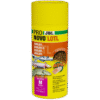
JBL PRONOVO LOTL Granulado M 250ml
9,25€ IVA Incl.
O Nosso Compromisso
Trocas/Devoluções
Pode trocar ou devolver mediante as políticas
Pague Com Segurança
Os nossos métodos de pagamentos são seguros
Suporte
Estamos sempre disponíveis para ajuda-lo
Multitest Nitrite & Nitra...
36,70€ O preço original era: 36,70€.27,53€O preço atual é: 27,53€. IVA Incl.


PH Alert
18,23€ IVA Incl.


